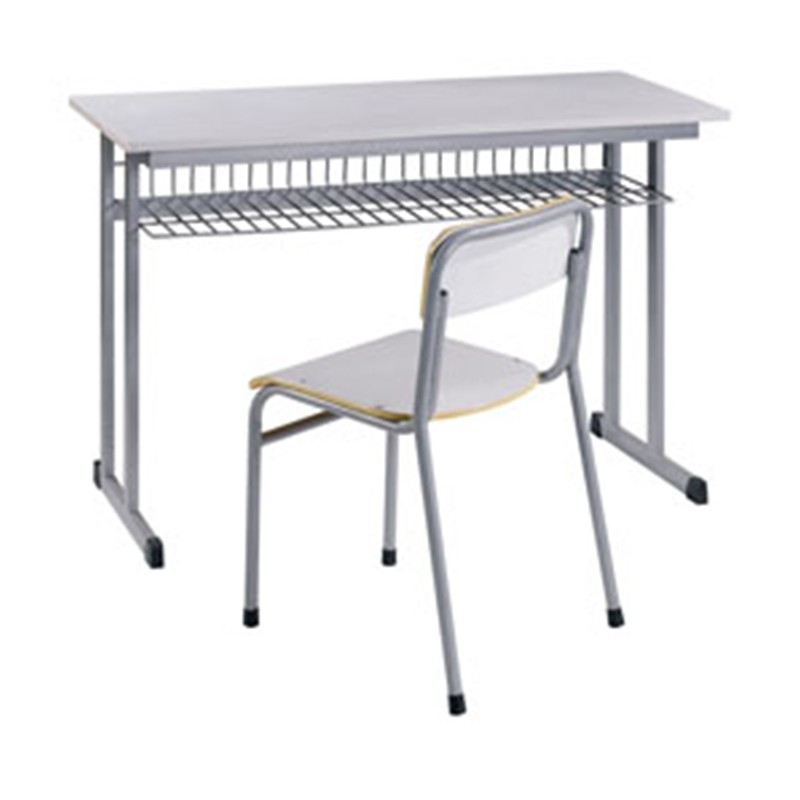How To Evaluate The Real Production Capacity Of Chinese School Furniture Manufacturers?
The concentration of China's educational furniture industry is low, and it is not uncommon for factories that claim to produce "10,000 sets per day" to have their actual production capacity reduced by more than 50%. As the audit furniture factory china expert with the most cooperation with global education procurement consulting agencies, AOYASI FURNITURE has summarized a five-dimensional factory inspection method to quickly identify real production capacity and risk points in 30 minutes.
Step 1: Hardware capacity verification - from equipment list to production line rhythm
1. Key equipment audit
Required equipment list:
Laser cutting machine
Fully automatic edge banding machine
Electrostatic spraying line
Verification method:
Require equipment purchase invoice/customs declaration form;
On-site test of equipment utilization rate).
2. Production line rhythm measurement
Calculation formula:
Daily production capacity = (single process rhythm time × effective working hours) / bottleneck process time
Measurement tools:
Stopwatch to measure the cutting process rhythm;
Observe the flow speed of the spraying line
Case: A factory claims to have a daily production capacity of 2,000 sets, but the actual cutting cycle is 140 seconds per piece, and the actual production capacity is only 920 sets per day.

Step 2: Quality system penetration - from raw material warehouse to OQC
1. Raw material traceability
Must-check documents:
CARB certification and formaldehyde test report of medium density board;
Salt spray test report of hardware.
On-site sampling:
Use thickness gauge to spot check the thickness of the board;
Randomly disassemble 5 hinges to check the internal grease filling amount.
2. Process quality control
Key control points:
Glue line width of edge banding process;
Spray film thickness.
Tools:
Handheld coating thickness gauge;
Infrared moisture meter.
Step 3: Supply chain transparency audit - from order book to logistics ledger
1. Order-capacity matching analysis
Calculation formula:
Capacity credibility = (total shipments in the past 6 months) / (theoretical maximum capacity × 180 days)
Qualified threshold: ≥65%.
2. Cross-validation of logistics data
Verification items:
Sea bills of lading for the past three months;
Warehouse WMS system in and out records.
Warning signal: Time logic contradictions in different documents for the same batch of goods.
Step 4: Social responsibility compliance - from working time records to environmental protection equipment
1. Labor audit
Must-check items:
Randomly select 30 attendance sheets and verify that daily working hours are ≤11 hours;
Check the matching degree between social security payment records and actual number of employees.
2. Environmental compliance
Equipment requirements:
Dust collection efficiency ≥95%;
Hazardous waste warehouses must be independently closed and MSDS labels must be posted.
Document verification:
Annual environmental testing report;
Consistency between environmental impact assessment approval documents and capacity expansion.
Step 5: Financial health assessment - from cash flow to hidden costs
1. Cash flow stress test
Calculation formula:
Risk resistance coefficient = (cash and equivalents + accounts receivable within 90 days) / accounts payable in the next 90 days
Safety threshold: ≥1.2.
2. Hidden cost mining
Check items:
Mold amortization fee;
Start-up fee outside the minimum order quantity (MOQ).
Tools:
Require electricity bills for the past three months;
Analyze the supplier's raw material purchase period.


